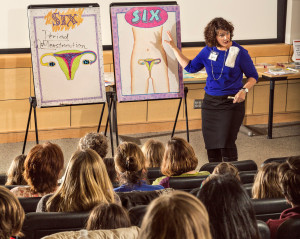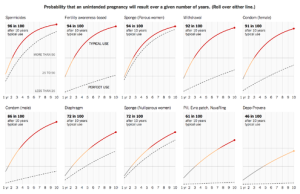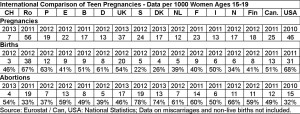For some women, having an IUD inserted is an easy five-minute, painless routine. For others, it entails perhaps 30 minutes and is accompanied by some discomfort, even pain. Most women wear their IUDs without incidence; some endure months of soreness. The point is, women are not one prototype.
But the IUD is ever-gaining on popularity due to its effectiveness in planning pregnancy and the increasing comfort level of medical professionals advising women about their contraception choices. Married or unmarried, teens and not are drawn to this mind-easing contraceptive. The American Academy of Pediatrics recently named the IUD the most effective method for pregnancy prevention for teenagers. No daily pill to remember. Spontaneity rules.
For many women who have not yet experienced an IUD insertion first-hand, shared experiences provide valuable insights to take away any angst. But not all women have a been-there friend. So in the name of education and transparency, in January 2015 New York reproductive rights activist Alison Turkos shared the process – her personal experience – on Twitter.

“I decided to live-tweet my IUD insertion process because I wanted to reduce the stigma and shrine of secrecy around reproductive and sexual health and the experiences so many people have,” Turkos explained. “Also, I rely on my feminist/reproductive health community for support in so many ways, why not this too?”‘
For many women, the IUD insertion procedure has remained a black box of anxiety. With initiatives like this from Ms. Turkos, hopefully more and more women will feel comfortable with pursuing this excellent option.
Ms. Turkos’ venture was appreciated by many, but criticized also by some. What’s your take?
Like this:
Like Loading...










